- Learning time
- 30 minutes
- First play time
- 90 minutes
Calimala
Designed by: Fabio Lopiano
In Calimala you are a silk merchant of Florence, seeking to advance your wealth and renown by delivering silk to distant climes… and also contributing to the building of churches here in the city.
The board is placed centrally, showing the cities to whom you’ll deliver, the three churches and city council. It also shows action spaces and scoring rounds. Players begin with several action discs, and one boat placed on their individual player board, which also has warehouse spaces for silk, brick, wood and marble (players have cubes of their own colour to represent each resource)
Play is simple. On your turn, you place a disc in the action spaces, and activate the two actions you’re adjacent to. Some actions allow you to produce one of the four resources mentioned above. Other actions allow you to build (a trading house in city, another boat, or a warehouse to store more silk) or contribute to the building of the churches in Florence; moving wood, brick or marble from your warehouses to the churches or the council.
But remember – your action discs stay on the board. If any player (including you) places their action disc on the same spot – on top of yours – you get to take these actions again! If you cannot take an action, you get an action card instead, which can be cashed in later for either resources or an additional action.
When the fourth action disc is placed on a stack, it triggers a scoring round. The scoring criteria is different in every round, but basically players are rewarded points based how much they have contributed (to the churches) or delivered (to the cities), with the council building serving as tie-breaker. If the current scoring round is Bricks, for example, it’s about who has contributed the most bricks to the building of the churches. If the scoring round is Barcelona, it’s about who has shipped the most silk to Barcelona. It’s a very easy system to follow, as you simply count up everyone’s cubes.
Play ends when either all fifteen score markers have been triggered, or players run out of action discs. Most points will win.
The guru's verdict
-
Take That!
Take That!
If at first the game looks like a rather dry exercise in production and delivery, a single play will show you that the scoring system provides a reasonable degree of interaction, as each round is triggered thick and fast.
-
Fidget Factor!
Fidget Factor!
One of those games where it really does depend on who's playing, as there's an openness to play that can invite pauses for thought. But once you're up and running Calimala is possible to play at a decent clip.
-
Brain Burn!
Brain Burn!
Decisions aren't too onerous - it's about trying to get cubes on the board before certain scoring rounds are triggered, and choosing which ones to not worry about. When to trigger a scoring round is key though.
-
Again Again!
Again Again!
Both the actions and the scoring rounds are assigned randomly at the start of each game. Beyond that, each player also has a small amount of hidden information (additional scoring at the end of the game for a certain city or church).

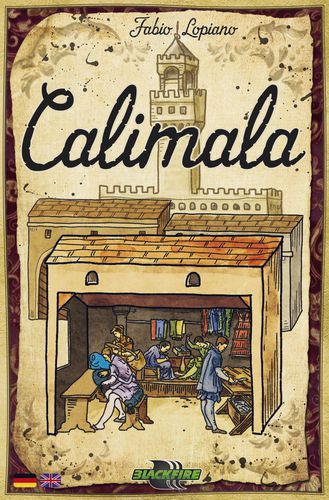

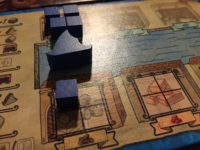
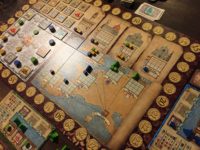
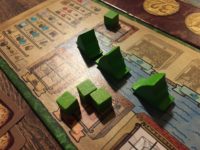
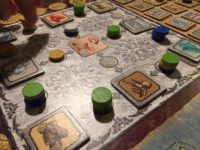



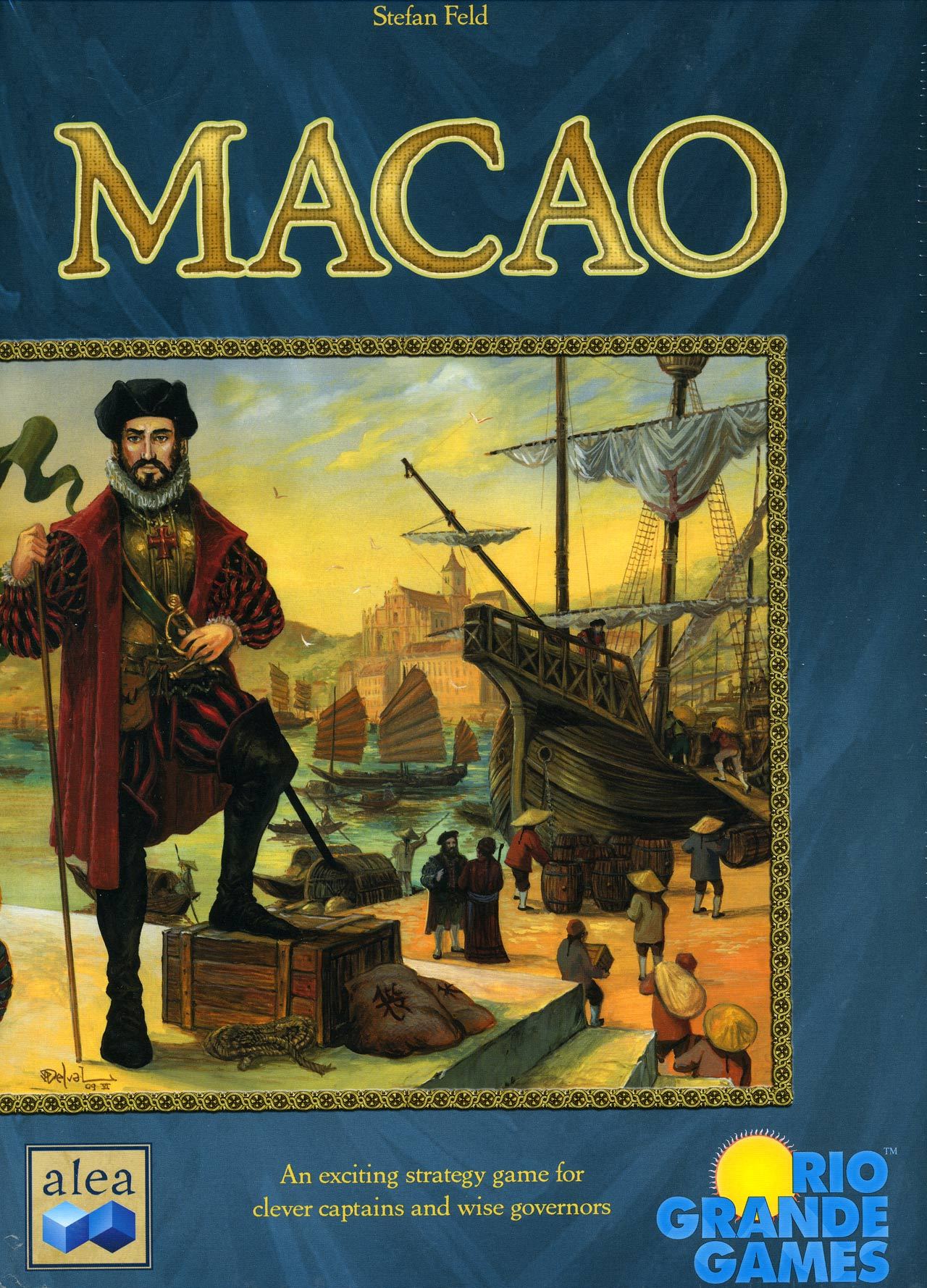

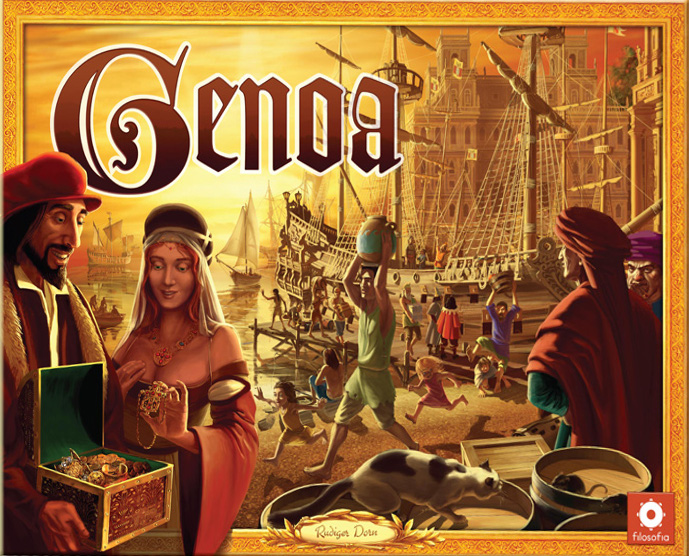
Sam says
There are a couple of extra wrinkles we haven't covered here, but that's pretty much the game. And I have to say I really enjoy it! Though the story of the game is production and delivery, the action is really all about time - when to place your cubes where, when to trigger a scoring round, when to take an action that you know is going to help other players who have already got action discs sitting there... but you just have to, at some point, swallow it down. After a gentle opening, the game really moves at a rate of knots as the over-populated action spaces keep triggering more and more scoring rounds. There's some dastardly-dickery going on under the gentle surface here.